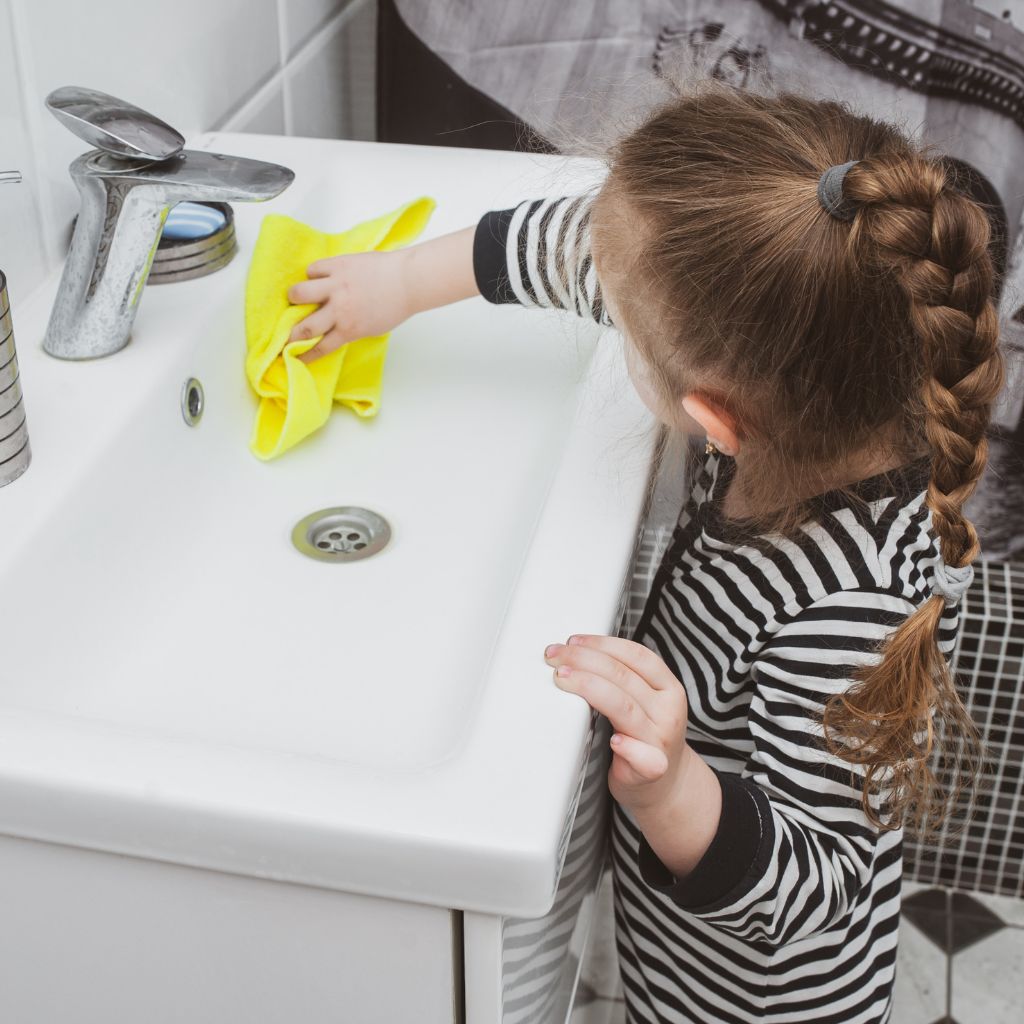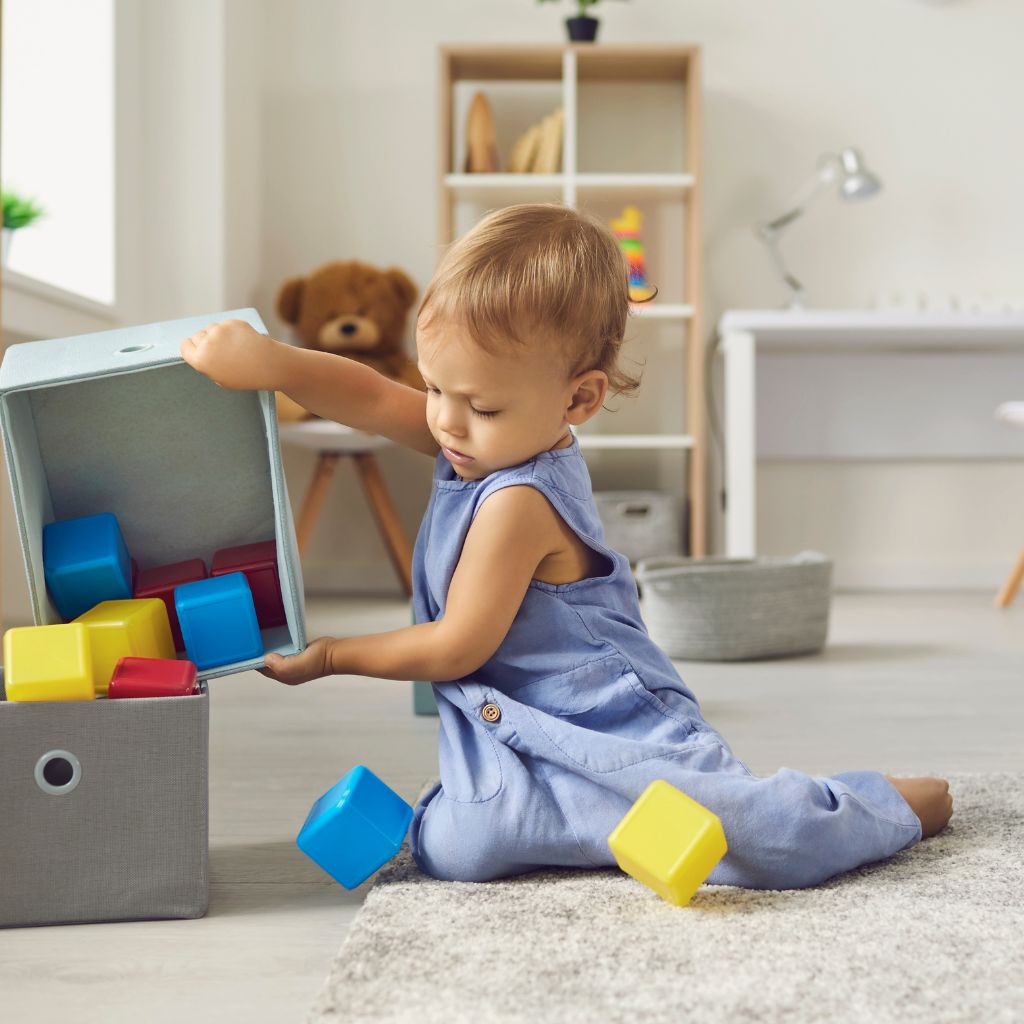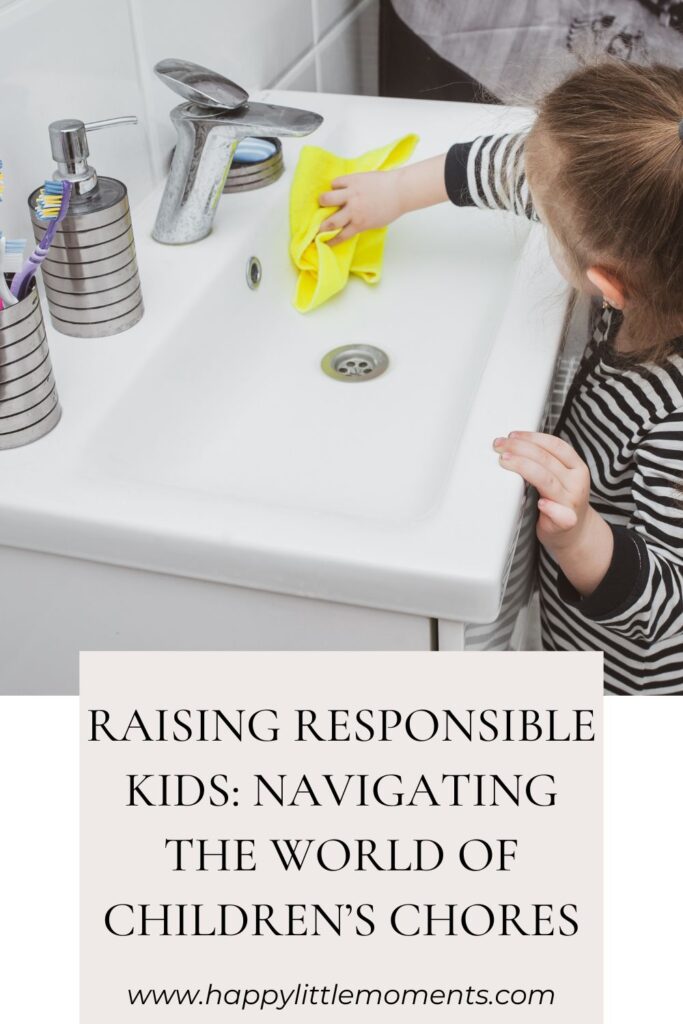Raising Responsible Kids: Navigating the World of Children’s Chores
Over the past few years, my husband and I have been very interested in how best to implement children’s chores in our household. We’ve experimented with various household chore models to find what works best for us, and I’d like to share our experiences, highlighting what has proven successful and what hasn’t.
When our oldest was about four, we implemented a structured children’s chore list with an associated allowance. Initially, we assigned children’s weekly chores for our children to earn a $5.00 per week allowance.
Unfortunately, this children’s chore model didn’t work well for us. Our hectic schedules often interfered with completing chores around the house. The requirement was all or nothing – either they completed all (or at least most) of the tasks and earned the allowance, or they didn’t receive an allowance.
Regrettably, our schedules made it difficult for our children to consistently complete their chores and discouraged them from wanting to tackle any chores. There were numerous weeks when only a few chores were completed due to our busy lives, resulting in not earning the allowance.
Restructuring our Children's Chores
Several months ago, we decided to try something different. I read the book Smart Money Smart Kids by Dave Ramsey and Rachel Cruze. I highly recommend this book if you’re interested in teaching your children about money and how this can correlate to your children’s chores. Even if you disagree with Dave Ramsey’s purist views on debt and leverage, I found this book helpful in beginning conversations around money with children.
Teaching our children about money and financial literacy is also important to our family, so we decided to structure some of our children’s chores like Rachel Cruze and Dave Ramsey’s method.
Some of our children’s chores are linked to “earning power.” This model gives our children the opportunity to earn money or not. Let me explain…
To be clear, certain simple chores our kids are simply required to do, and there’s no payment for them. They must learn that some things need to be done, and they have to pitch in, too. We don’t want them to expect everything they do to make money. Here are some of our basic children’s chores: setting the table, putting their dishes in the sink, cleaning their rooms, and making their beds. These chores also take little time, so generally, we do them even if we’re busy.
But if they want to earn extra money, they can do extra chores that take a little more effort. For our family, some of these might be sweeping or mopping the floor, raking the leaves, folding and putting away the laundry, and helping out with cooking. We put a small dollar amount on each chore, so they earn a little extra money when they complete them.

Tracking the Children's Chores
To help us track their chores, we created a children’s chore chart on a poster board that we hung in their playroom. Their chore chart has their name, their picture, and small envelopes under their pictures. I created, printed off, and lamented these chore cards to help track which chores they did. These are FREE for you to print off for your own family.
I have their name and picture in columns on the chore chart. Under their picture, I glued a small envelope to collect their chore cards. When they complete a chore, they place the chore card in their envelope on the chore chart. At the end of the week, we check their envelope and add up the amounts for each “extra” chore they did. Then we pay them like an allowance.
Once our kids learned they could buy what they wanted at the store once they had the money, it motivated them to do more chores. It also teaches them they must work to earn things they want.
For the most part, we’ve stopped buying toys for our children at the store or gift shop. Instead, we allow them to choose and buy the toys they want. Occasionally, we treat them to a special toy here and there, but for the most part, we want them to learn how to work, earn their own money, and manage it.
Of course, we still provide them with all their needs – clothes, shoes, food (including dessert), school uniforms, etc. They never buy anything that is a need. That’s our job as parents.

Teaching Children About Money Through Chores
Additionally, we bought this piggy bank for all three children. There are three different slots – Spend, Save, and Share.
Saving and sharing our resources is very important to our family. We require that our children share at least 10% and save at least 10% of the money they earn.
Under the sharing category, they can give money to our church, their private school for their capital improvement campaign, or to a charity of their choice.
Anything placed in the savings category is for bigger purchases they may want to make in the future or for extra spending money when we go on vacation. We’re not requiring them to save for a car or save for college at this time. The saving category is to help them build the habit of saving up for things they want in the future. Even a few weeks or months is still a long time for a child to wait to buy something.
Even though our children are young, it’s important they learn how to pitch in to help our household. Routines can also help allow time in your schedule for your children’s chores. To learn more about routines, check out our blog: Creating a Daily Routine for Children: Building Confidence in Kids.
Children also need to learn how to make and manage money. We are allowing them to make their own decisions about how they spend the money they earn, provided it’s in an age-appropriate way. It’s better for them to make mistakes with money now than when they are adults with a credit card.
As we roll with the punches of parenting, we’re constantly tweaking how we handle the children’s chores and allowances. I encourage you to try something similar – play around with what feels right for you and your family. So, here’s to the ongoing experiment, the trial and error, and the satisfaction of figuring out what works for you and your little ones. Enjoy the ride, and may it be filled with lots of high-fives for a job well done!
Save this post for later! Click here to save to your Pinterest account.



